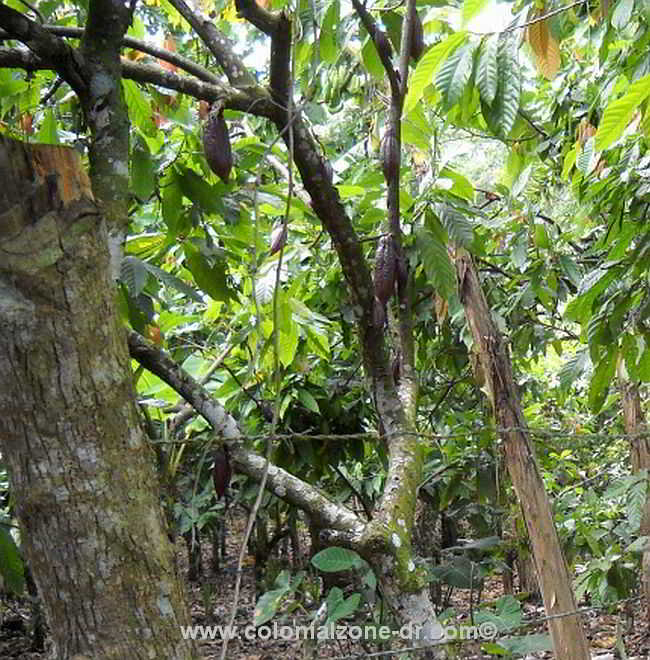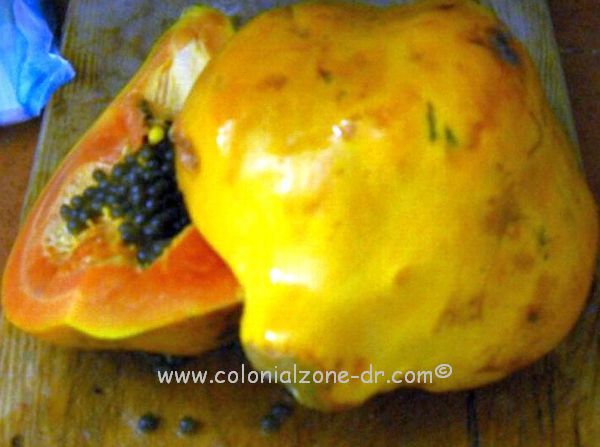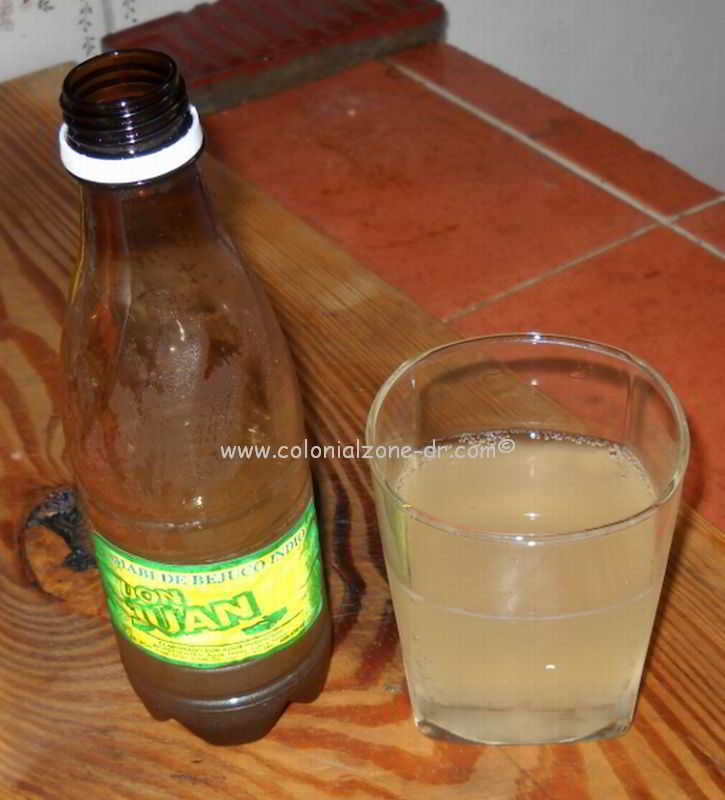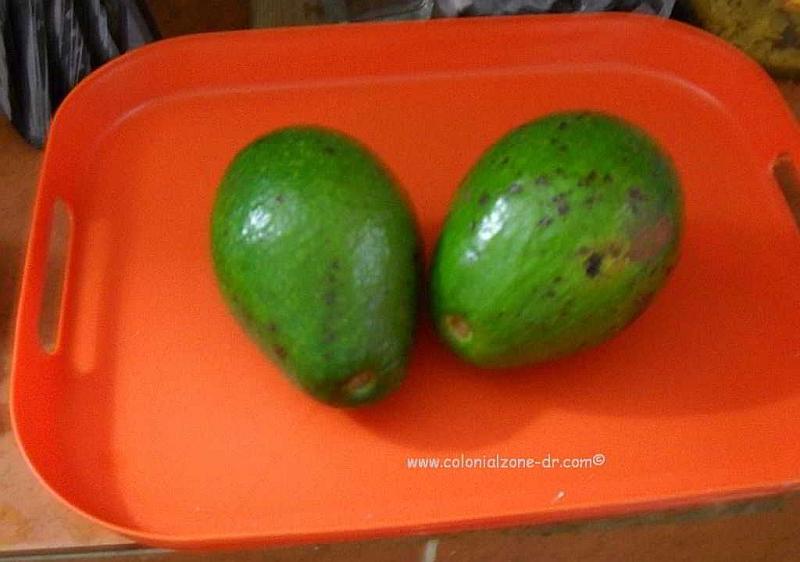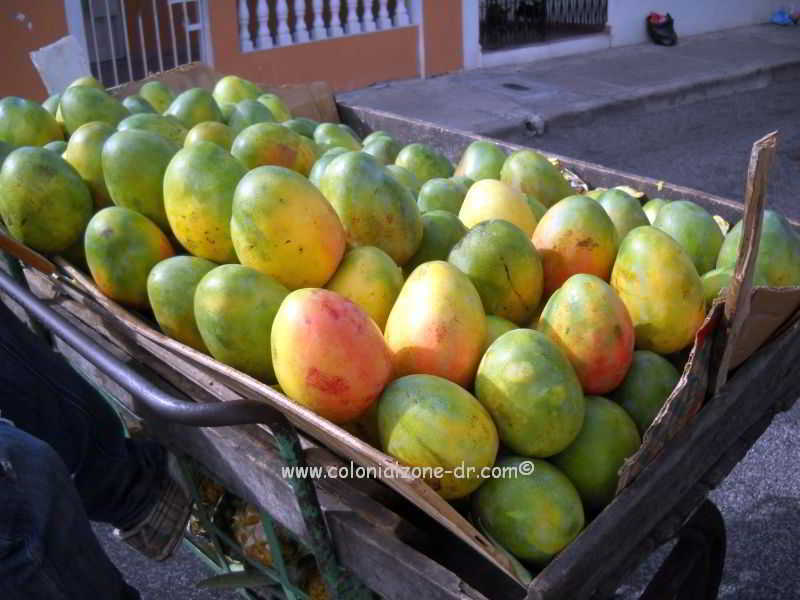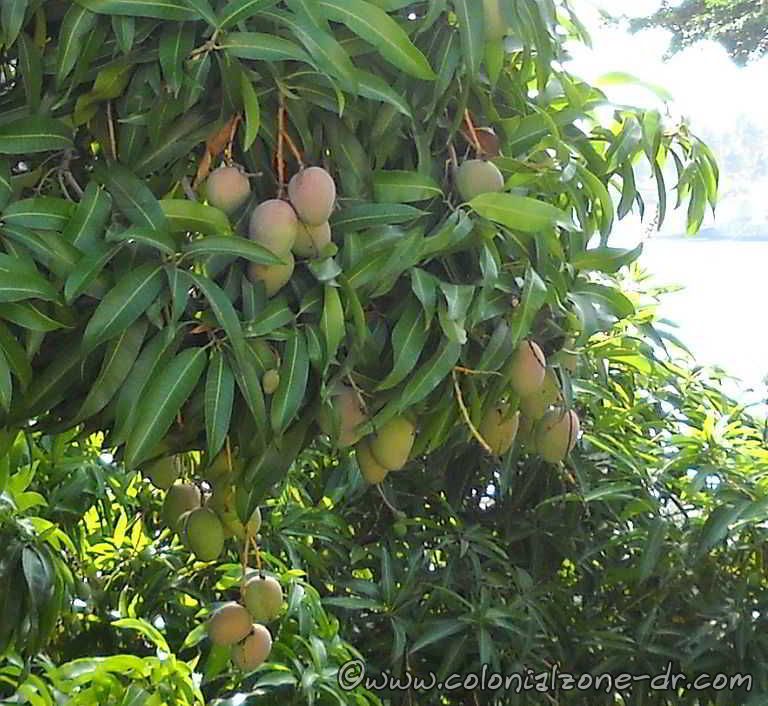Fruits & Nuts Grown In Dominican Republic
I have listed a few of the incredibly fresh fruits and nuts that are grown here in the Dominican Republic. If you live here be sure to try something new from time to time. If you are visiting it is a must to taste the fresh fruits that are unfamiliar. You will, most of the time, be in for a wonderful surprise.
Limoncillo | Tamarindo | Moringa | Noni Fruit | Almendra
Limoncillo
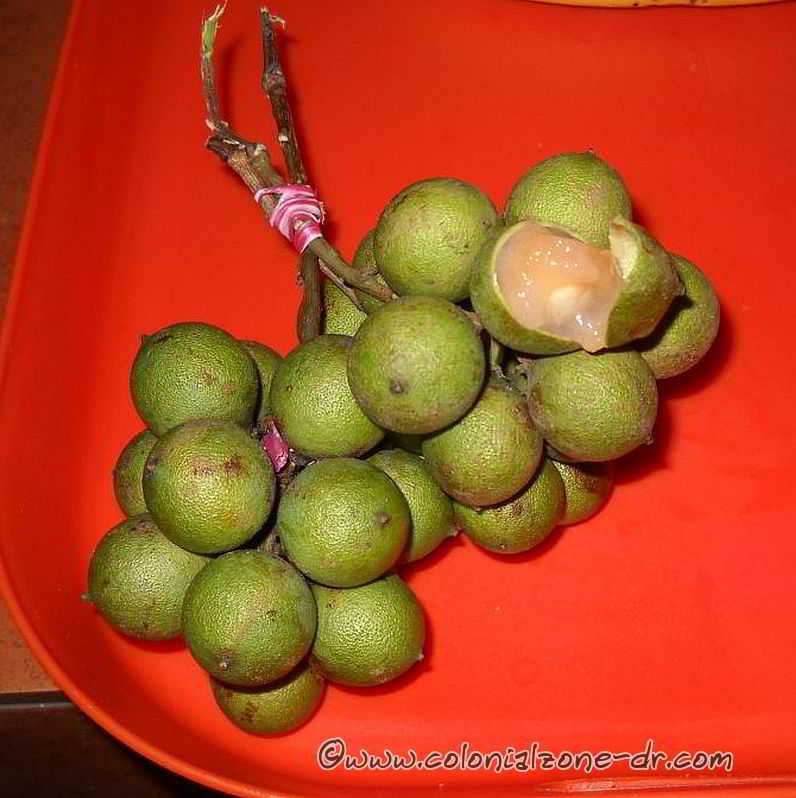
The Limoncillo was brought to the island of Hispaniola in pre-Columbian times and thrives in the Caribbean. It is a small round fruit about the size of a lime. The color is green to yellow with a hard, thin, leathery skin. Inside the skin you will find a yellow to pinkish, cantaloupe-colored almost slimy, translucent flesh. This bittersweet layer of flesh covers a large brown, hard seed. Limoncillos are a real treat and the flavor is pleasant. Even though it takes a little work to remove the fruit from the shell and the seed, it is well worth the trouble. Take your time and just think of it as a fun food to eat. They also use the fruit to make juice, jellies and other tasty items.
How to eat Limoncillos
– First you have to crack the skin. Usually, a little fingernail or a bite will achieve this, and it makes a little crack sound. Then push the insides into the mouth. Proceed by moving the fruit around inside the mouth, manipulating it to remove the somewhat slimy flesh from the large seed in the center. It does not look pretty as your face makes all the strange movements. It will take a few fruits to get it right, but once you master this the flesh removal process can go fast. After the sweet flesh is removed spit out the seed.
When spitting be careful, they are a little large and can hurt (I like to aim them at the garbage can and see if I can hit it. Makes it a little more challenging. LOL/jeje!). The next step is to start the process all over and go for another.
The fruit is usually available in July and August. You can buy it on the street in bunches connected by small branches tied with a little twine or grass. A must try!
NOTE – Make sure not to get any of the juice on your clothes. It will stain.
Tamarindo / Tamarind

Tamarindo is a fruit originally from Africa where it grows wild. Tamarind was introduced to Central America around the 16th century and it has thrived ever since. The tree is a slow growing type of evergreen that can get quite large. The fruit is covered in a brown shell and has a sweet/sour taste.
The Tamarind fruit is ugly in appearance. Just remember that they taste much better than they look (when I first saw this fruit it looked to me to be a dirty pod type thing). The pod is ugly and does not look appetizing. The fruit is the same, quite ugly. Yet, when you get past its ugliness and taste the sweetness its appearance seems to change to not be quite so unattractive.

The tamarindo fruit grows in pods on the tree. This pod has a brown shell covering the brown fruit that in turn covers the seeds inside. When the pod is mature it turns a dirty brown. It is filled with seeds, usually between 3 to 6. These seeds are surrounded by a brown, fibrous pulp. When it is ripe the shell of the pod is sort of brittle and can be removed easily. It breaks off and sometimes just falls of when touched roughly. On the inside of the pod, surrounding the seeds, is the sticky pasty pulp. This is the edible part of the fruit. It is sweet and yet sour, acidy and pungent. It is high in Vitamin B and Calcium and can make you a bit relaxed or even tired.
Tamarinds are good eaten fresh and plain. In the Dominican Republic the pulp is used to make a wonderful beverage that when mixed with sugar and water is very refreshing. It can be used for cooking and makes a great sauce, jelly and candy. You can also find it in many stores throughout the country in bags with the shell already removed.
Make some Tamarind Juice/ Jugo Tamarindo.
Moringa
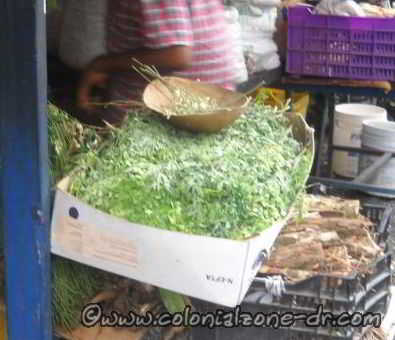
Moringa can be found in most of the markets and on the streets of the Dominican Republic. People walk around carrying what looks like a bunch of weeds selling them to eager customers. This fast-growing plant is used for its miraculous healing attributes. It is one of the most nutritious teas in the world.
Much of the moringa plant is edible by both humans and animals. The leaves are rich in protein, minerals and Vitamins A, B and C. According to Wikipedia feeding the high protein leaves to cattle has been shown to increase weight gain by up to 32% and milk production by 43 to 65%. The seeds contain 30 to 40% oil that is high in oleic acid, while the degreased meal is 61% protein. The defatted meal is a flocculant and can be used in water purification to settle out sediments and undesirable organisms.
Moringa is said to help relieve symptoms of AIDS, reduce high blood pressure, lower blood sugar, increase breast milk production, help cure anemia and to help with diarrhea and dysentery.
I like the leaves made into a tea. For more information about this miracle plant, how to prepare and use moringa visit Moringa Matters.
Noni Fruit

The Noni tree grows wild in the Dominican Republic. It can be found growing along streets and on the beaches, pretty much everywhere. The plant bears flowers and fruits all year round. It is very stinky when it is ripe with a sort of smelly foot or even vomit odor. Noni fruit starts out green then ripens to a yellowish-white color and is semi-soft to the touch. If you can get past the stink of the fruit is edible either raw, juiced or cooked and the many seeds can be roasted. The fresh fruit and bottled juice can be found in the markets throughout Dominican Republic.

People say the juice of the Noni fruit is very beneficial. It provides energy and is also said to be a great antioxidant that boosts the body’s natural healing process.
For me, I have tried to eat the fruit. I have tried juicing the fruit even trying to mask it with other sweet fruits to hide the taste and smell. I just cannot do it. A friend told me that after time he got used to eating Noni he now eats it right off the tree and he likes the taste. I figure that there are other fruits that have the same benefits that do not smell like rotting flesh or stinky feet so I will pass. You should at least give it a try and see how you feel about Noni fruit. (FYI – Noni is also sold in pill form for those who want the nutrition but cannot handle the smell)
Almendra / Almond

Almendra is an edible nut grown on very large tropical trees. The trees produce flowers that are both male and female in the same tree. The fruit grows in clusters that turns from green to yellow and then to red when it is ripe. The outside red covering is soft and has to be removed to get to the hard shell inside. This shell needs to be cracked open and inside is a small single seed. This is the edible nut.

These seeds or nuts are not as big as the traditional cooking almond, they are long and thin and have the almond flavor. You can purchase them along the streets and in shops in Dominican Republic. They usually are roasted and salted. If you go to Palenque Beach you can usually find someone always selling these nuts in small bags that they picked and roasted themselves to make their living.
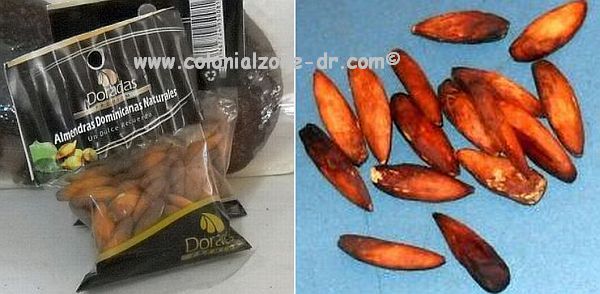
The Almendra tree is magnificent. Its large canopy of leaves makes it perfect for sitting under on very hot days. The canopy provides much-welcomed shade just be sure to watch out for falling nuts and when they are in bloom you could be covered with little falling flowers.
Did you know?
The locals say that if you soak the leaves in water you can put it on pet’s to wash away fleas.





